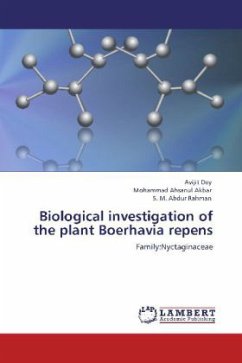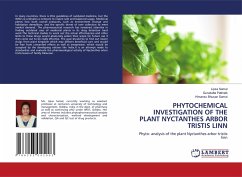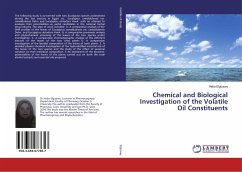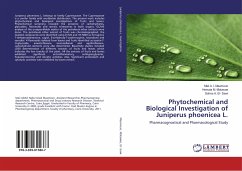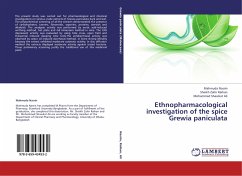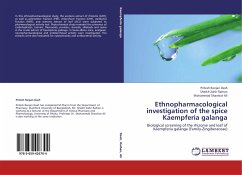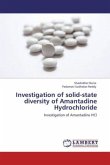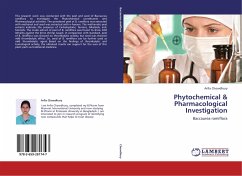The crude methanolic extract and different fractions of plant Boerhavia repens were subjected to a number of biological tests for the evaluation of their pharmacological activity.The whole plant of Boerhavia repens was extracted with methanol by cold extraction method. The concentrated extract of the plant were then partitioned into pet ether, carbon tetrachloride, dichloromethane and ethyl acetate soluble fractions.The carbon tetrachloride , dichloromethane and the ethyl acetate soluble fractions of the plant showed strong anti-oxidant activity. The cytotoxicity evaluation of the plant extracts were carried out by Brine Shrimp Lethality Bioassay. The pet ether soluble fractions of the plant showed strong cytotoxic activity. The crude methanolic extract and pet ether soluble fraction at doses of 400 mg/kg exhibited strong analgesic activity, anti-inflammatory and anti-pyretic activity. The different fractions and the crude methanolic extract were also subjected to anti-microbial assay. However no fractions exhibited strong anti-microbial activity.

